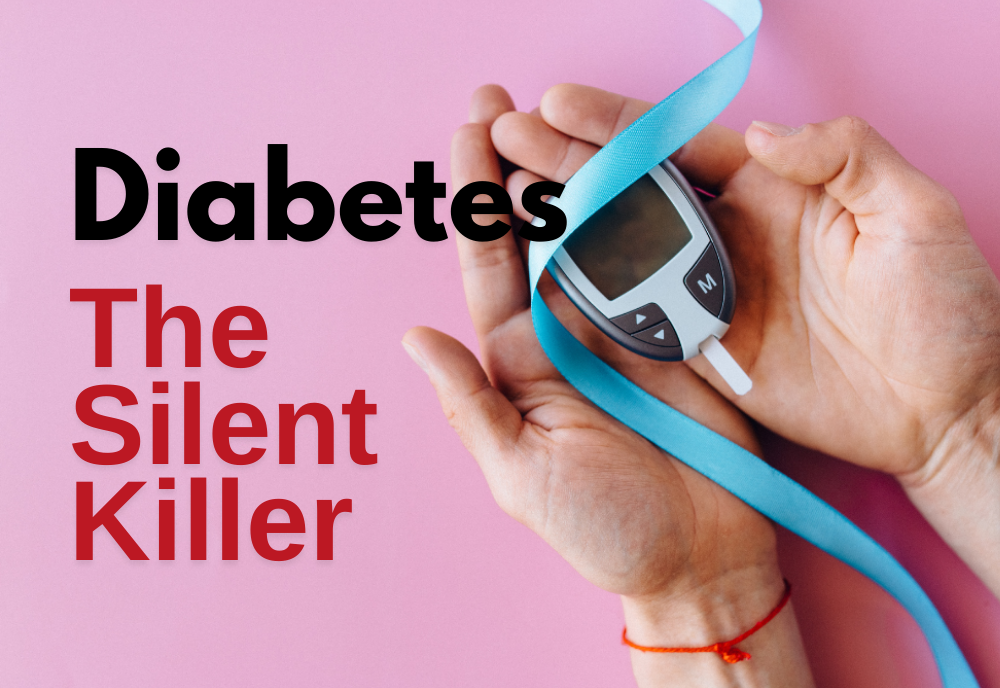Diabetes, a chronic condition characterized by elevated blood sugar levels, has emerged as a major global health concern. According to the World Health Organization (WHO), diabetes affects over 460 million people worldwide, with numbers projected to rise to 700 million by 2045. In this blog, we’ll delve into the world of diabetes, exploring its types, symptoms, causes, and most importantly, management strategies.

Types of Diabetes
There are several forms of diabetes, each with distinct characteristics:
- Type 1 Diabetes: An autoimmune disease where the pancreas fails to produce insulin, typically diagnosed in childhood or adolescence.
- Type 2 Diabetes: The most common form, accounting for 90% of cases, where the body becomes resistant to insulin.
- Gestational Diabetes: Developed during pregnancy, usually resolving after childbirth.
- LADA (Latent Autoimmune Diabetes in Adults): A form of type 1 diabetes with a slower onset.
- MODY (Maturity-Onset Diabetes of the Young): A rare genetic form.

Symptoms and Risks
Early detection is crucial, as diabetes can silently damage organs. Common symptoms include:
- Increased thirst and urination
- Fatigue
- Blurred vision
- Slow healing wounds
- Tingling or numbness in hands and feet
Untreated diabetes can lead to severe complications:
- Heart disease and stroke
- Kidney damage and failure
- Blindness
- Nerve damage
- Amputations
Causes and Risk Factors
Understanding the causes and risk factors can help prevent or manage diabetes:
- Genetics: Family history plays a significant role.
- Obesity: Excess weight increases insulin resistance.
- Physical inactivity: Sedentary lifestyle contributes to insulin resistance.
- Diet: Consuming high-sugar, high-fat foods.
- Age: Risk increases after 45.
- Ethnicity: Certain groups, such as African Americans, Hispanics, and Native Americans, are more prone.

Management and Treatment
While diabetes has no cure, effective management can control blood sugar levels and prevent complications:
- Medications: Oral medications, insulin therapy, or injectables.
- Lifestyle Changes:
- Healthy eating: Focus on whole, unprocessed foods.
- Regular exercise: Aim for 150 minutes/week.
- Weight management: Maintain a healthy BMI.
- Stress reduction: Practice mindfulness, yoga, or meditation.
- Monitoring: Regular blood glucose checks and HbA1c tests.
Prevention Strategies
Preventing diabetes is achievable through:
- Maintaining a healthy weight
- Engaging in regular physical activity
- Eating a balanced diet
- Limiting sugary drinks and foods
- Managing stress

Conclusion
Diabetes is a manageable condition, and awareness is key. By understanding the types, symptoms, causes, and risk factors, you can take control of your health. Make informed lifestyle choices, consult with healthcare professionals, and stay vigilant. Together, let’s combat this silent killer.
